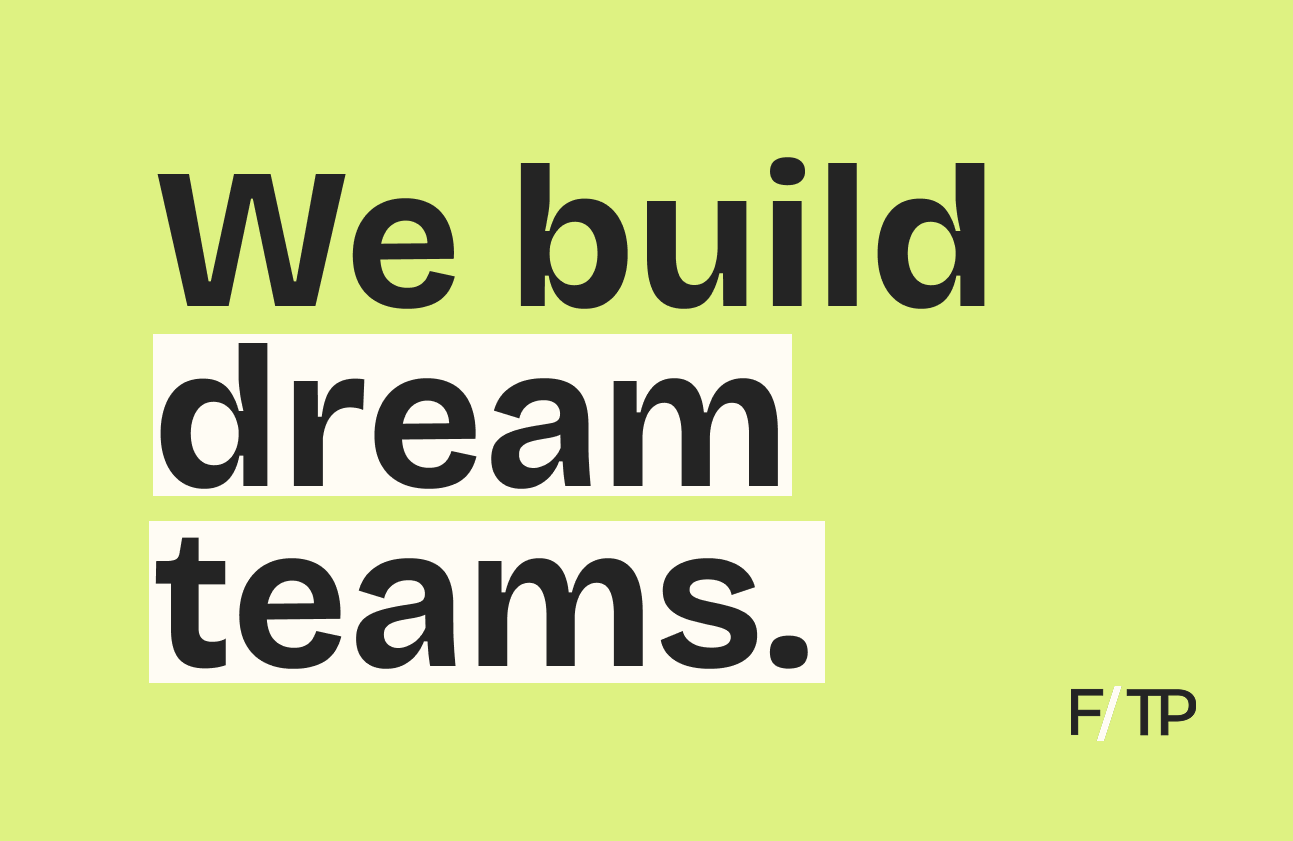Mark Gainey is the co-founder and Executive Chairman of Strava, a global community of athletes with more than 50M members.
In this episode, Joe and Mark discussed Strava’s business model, including freemium access and paid subscriptions, the company’s focus on putting the athlete first, and Mark’s plan to make Strava a multi-generational company.
Check out an overview of the conversation below or listen to the entire episode for more.
What is Strava?
MG: First and foremost, it’s a global community of 50 million plus athletes who use our mobile apps or website to connect with one another. They’re posting their workouts, and in exchange, we’re motivating and inspiring them through competitions, analytics, social connections, and so forth. Strava is also a company of 180 teammates who are really passionate about the power of sport and bringing innovative features and services to this global community.
How did the company get started?
MG: my business partner and co-founder, Michael Horvath met when we were on the crew team in college and the experience we had on the team was critical to everything going forward. There was this esprit de corps. There was camaraderie, trash talking, competition, and so it was just a really magical experience.
When we graduated, it disappeared. So as early as 1995, we had a plan to figure out a way to bring that boathouse experience to the masses. We were a little early. It turned out that the idea was sound, but the technology wasn’t there. Fast forward to 2009, the same concept was needed and we realized we still wanted something that would motivate and inspire us to get out and work out.
How do you approach community building?
MG: When people talk to us about building community, we always remind them that when we started Strava, we had one customer and had to start with, “How do you give value to that one person who uploaded their workouts to Strava?” It was creating that single player mode that is motivational and provides enough inspiration that they want to upload a second, third, and fourth time.
Strava’s always tried to strike this balance of understanding what it is to be in single player mode, yet at the same time realizing that so much of the benefit and where accountability and motivation comes from is when you connect with your friends or other like minded individuals.
Who is the target audience?
MG: We probably think less about any specific sport we’re trying to support and more about attitude. We are focused on what we call our invested athlete—that person who’s decided that sports and fitness are going to be an important part of their life.
We want to support them in their journey wherever they are, whether they’re attempting their first 5K or going for an Olympic gold medal. It’s still very targeted to the invested athlete across these various sports. Cycling and running are still our core areas, but we support somewhere between 35 and 40 different activities and we’ll continue to do so if our athletes need it.
How do you build a brand from scratch?
MG: If you go back to our roots, Michael and I were really interested in creating a trusted consumer brand. We admired the likes of companies like Patagonia and Oakley and Virgin, and just these great iconic consumer brands.
From day one, we had this thesis of building a product that athletes love and see if we can build a business model where they love it enough that they’ll pay for it.
Michael and I are not serial entrepreneurs, we don’t get excited about starting new companies again and again. It was very much, “Hey, if Strava is the last thing we ever do, that would be great.” So it was about creating a foundation where we’re executing on the vision and hopefully exceeding expectations, but at the same time, making sure we’ve got a great opportunity to build a lasting company that can have an impact for not just a few years, but decades to come.
How has the business model evolved?
MG: We’ve always had the freemium business model, where you could use some component of Strava for free, or you could upgrade. Over the last 10 years, we’ve experimented with a handful of different business models, everything from e-commerce to even some forms of advertisement within the feed.
We’ve learned over time that we’re at our best when we’re focused on the athlete experience and really thought about how we can improve and create this subscription upgrade that’s so valuable it becomes indispensable.
We recently announced a renewed commitment to the fundamental business model around freemium. Free is going to remain and we added 50 plus improvements. We didn’t drastically change free, but moved a handful of features [across a paywall] that were important. For example, we moved what’s called segment leader boards. Frankly, just looking at the complexity of leaderboards and how they operate and the costs associated with it, it’s significant. It’s a real investment inside the business, and it’s a feature unique to Strava.
And for $5 a month, we want to believe it’s a great value. It’s a no brainer. But we’re not forcing anybody to pay. We’re hopeful that over time, you’re going to be excited about what we’re doing on that side of the paywall.
So we’ve tried to find a balance, but we really want to come back to our community. While we will always support free, we wanted our community to understand that if you’re a subscriber, it’s just going to get better and better over the coming months and years.
How did Strava grow?
MG: We’ve probably tried every different way you could think of to have a positive impact on growth. And yet, we always come back to a very simple answer, which is our best growth is word of mouth. It’s when our members are excited about their experience on Strava and they’re sharing it with their friends. It’s where our growth came from from day one, and it’s far and away the largest source of growth, even in today’s environment.
Our thought process today is not to focus so much on where we can find new customers, but on creating a great, engaging experience for those 50 million athletes and have confidence that if they’re having a great experience, they’re going to keep telling their friends and our growth is going to come.
Can Strava be profitable?
MG: When we made the decision to raise outside capital and bring investors in, we were conscious of who we brought in. We’ve raised about $70 million today, and if you look at our investors, we’re really fortunate.
For our largest shareholders, it’s less about, “How quickly can we flip this?” and is all about, “Are we creating value?” And those were important conversations even before they became investors in the company. It’s not to say that they don’t hold us to a very high standard and expect us to execute and build a company of value, but we’re not caught in this trap of “How quickly are you going to sell the company?” Or “Why haven’t we seen liquidity tomorrow?”
Beyond our investors, everybody in the company, all 180 employees, are shareholders. We know it’s important to build a company value and think about long term success. Even in recent months the conversation has been around, “How do we put Strava in a position where it’s in a position of strength?” And that’s really two things, profitability and growth. We want to put ourselves in those two places so that we control our destiny. We may raise capital in the future, but we want to do it from a position of strength, because we see an opportunity, not because we need the capital.
What’s the long term vision for Strava?
MG: Michael and I have learned over time, the minute you start talking about exits is the minute you start de-valuing your business. Even with IPOs. I live in Silicon Valley and continue to hear entrepreneurs talk about how their goal is an IPO, like somehow that’s the end game. I always remind them that the day you take your company public is the day in which it’s now okay for your grandmother to invest in the future of the business. It’s not an end game. You’re just getting started. We learned that with our prior company. It’s another funding event that can be very important in the life of a company, but it’s by no means the end.
So rather than focusing on exits or IPOs and things like that, it’s kind of back to fundamentals. We’re focused on developing a profitable growing business and getting people excited about it. And if we do those two things, things like liquidity and so forth are byproducts of doing those well. The real trick is finding that balance. It’d be easy for us to just focus on profitability, but without the continued growth, you don’t see the innovation and we’re not able to serve the athletes the way that we want.
**Note: Mark’s answers have been edited for brevity and cohesion.
About Mark Gainey
Mark has been building successful companies for 20+ years. He currently serves as the co-founder and executive chairman of Strava, a global community of athletes. Founded in 2009, millions of athletes have joined Strava for the competition and camaraderie found in tracking and sharing their fitness activities. Mark also co-founded Kana Communications, an enterprise CRM firm, in 1996 and served in various capacities, including CEO, president, and chairman. He has offered his expertise to a wide array of companies over the years, joining the boards of Alter-G, BoardVantage, Daum, Clari, and Coaching Corps. Mark holds an AB from Harvard University.





